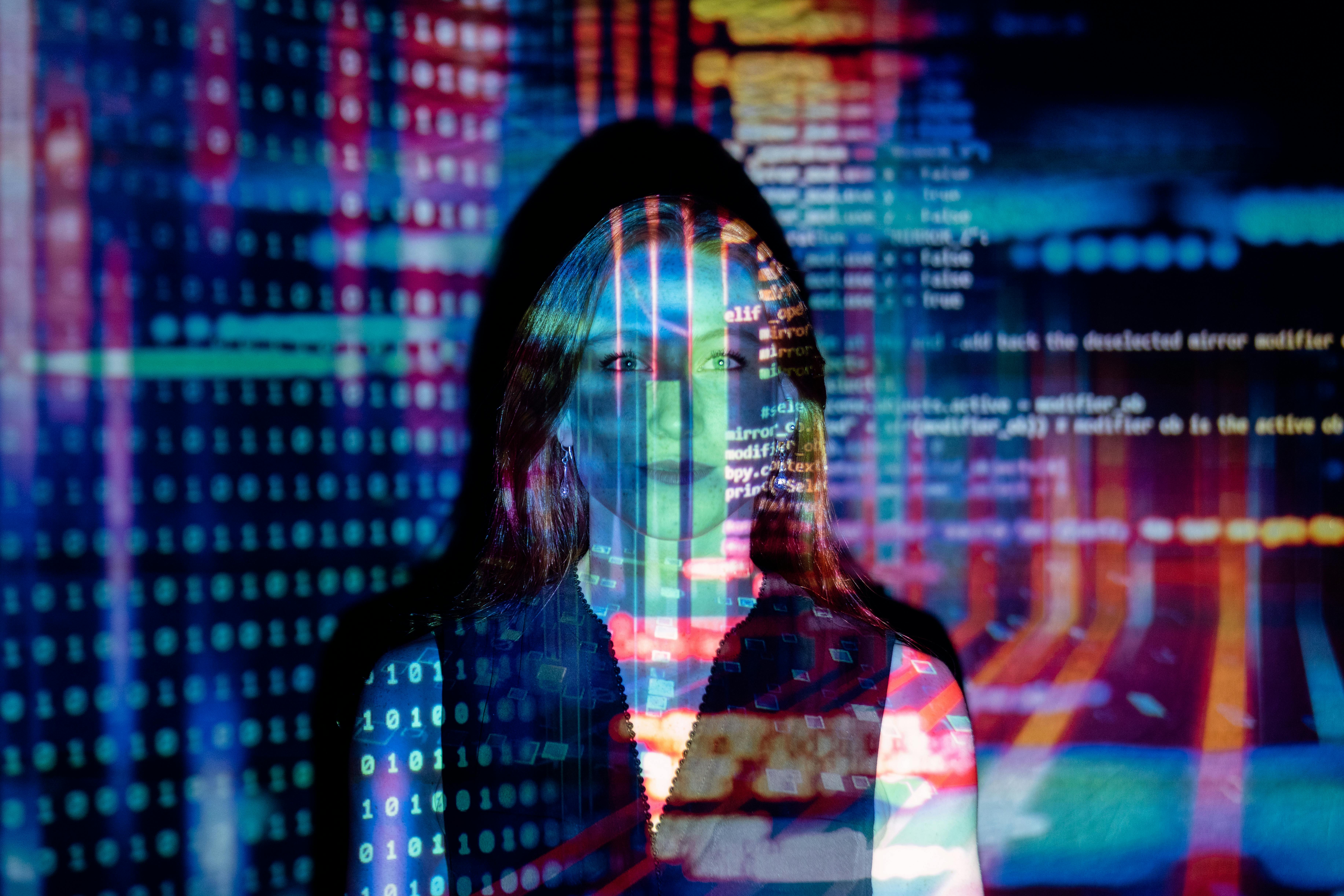The Future of Remote Work: Opportunities and Challenges in 2025 and Beyond

In 2025, remote work is no longer a corporate experiment — it’s the backbone of global productivity. What began as a survival mechanism during the pandemic has matured into an adaptive, AI-augmented economy that blends flexibility, technology, and trust.
From New York startups to European consultancies and Asian tech hubs, the concept of “office” has become fluid — a network of people, not a place. Yet as opportunities expand, so do the challenges: cybersecurity threats, burnout, inequities in digital access, and evolving labor laws are reshaping how we define work itself.
1. The Global Shift to a Hybrid-Intelligent Workforce
By 2025, over 72% of organizations have adopted hybrid or fully remote models, according to the World Economic Forum. But what differentiates the 2025 era from its 2020 counterpart is the rise of “intelligent infrastructure” — ecosystems powered by AI and automation that coordinate teams across borders in real-time.

Companies are no longer just enabling remote work; they’re designing it. Smart scheduling systems forecast burnout, AI recruiters match employees with projects rather than jobs, and digital twins simulate productivity before implementation.
🔍 Example: AI-Augmented Collaboration
Platforms like Slack GPT and Microsoft 365 Copilot now run sentiment and efficiency analytics across remote teams. Managers don’t just monitor performance — they anticipate disengagement, reassign workload automatically, and balance creative vs. analytical tasks dynamically.
This mirrors the same predictive logic explored in Banking Reimagined: How AI and Digital Trust Are Reshaping Finance, where automation didn’t replace humans but rather refined their decision-making capacity.
2. Digital Nomads and the Rise of Borderless Employment
The world has seen a 300% increase in digital nomads since 2019, and in 2025, that trend is accelerating. Remote work has evolved from a convenience to a lifestyle economy, with countries offering “digital residence visas” to attract global talent.

Nations like Portugal, the UAE, and Indonesia have positioned themselves as remote work hubs, combining low taxes with high digital infrastructure. This movement has transformed not just how people work — but where economies grow.
🌍 Economic Implications
- Local Inflation Shifts: Influx of foreign income alters housing and pricing dynamics.
- Freelance Tax Regulation: Countries now compete for cross-border tax residency agreements.
- Corporate Decentralization: Headquarters are virtual, with legal entities spread across digital jurisdictions.
As seen in The Rise of FinTech Apps in 2025, this decentralization model is not unique to employment — it’s part of a larger trend of borderless digital economics.
Remote workers today aren’t merely employees — they’re global participants in a decentralized economy, trading skills across borders as seamlessly as cryptocurrencies do capital.
3. The Human Cost of Digital Efficiency

While remote work provides autonomy, it also introduces invisible stressors. In 2025, employees report 28% higher digital fatigue than in pre-pandemic years, according to the Harvard Business Review. The constant exposure to screens, blurred work-life boundaries, and cognitive overload from multiple platforms challenge even the most resilient professionals.
Psychologists now refer to this as “attention fragmentation” — the loss of deep focus due to rapid context switching. Every Slack ping, video meeting, and shared document adds micro-fatigue, resulting in burnout disguised as productivity.
🧠 Emotional Architecture of Remote Teams
Forward-thinking companies are countering burnout by designing emotional architecture into their remote culture: digital empathy sessions, AI-powered well-being tracking, and micro-break automation tools. For instance, AI wellness bots integrated into tools like Notion or Zoom now prompt users to pause, stretch, or meditate during high cognitive load.
This mirrors the emotional intelligence shift discussed in Mental Resilience 2025: Building Strength in a Stressful World, highlighting that true productivity in 2025 isn’t about working harder — but recovering smarter.
4. Surveillance vs. Trust: The Ethical Paradox of Remote Management
In the age of algorithmic work, trust has become a measurable KPI. AI-driven productivity tools now track keystrokes, mouse movement, tone of voice, and even facial sentiment in meetings — creating what ethicists call a “data-driven trust paradox.”
While managers gain performance insights, employees face privacy erosion. Some companies defend monitoring as necessary for transparency; others argue it breeds silent anxiety and self-censorship, stifling creativity. The real question becomes: Can trust exist when every action is recorded?
📊 The Balance of Autonomy and Accountability
AI governance experts suggest an ethical middle ground: systems that measure outcomes, not activities. For example, instead of tracking hours, algorithms evaluate project quality and innovation output — promoting trust-based accountability.
This model aligns with the principle discussed in The Digital Constitution: How AI Is Rewriting the Legal Order, where digital ethics frameworks emphasize consent-driven transparency and autonomy preservation within algorithmic environments.
The organizations leading in 2025 — from GitLab to Zapier — aren’t just managing remote teams; they’re architecting trust ecosystems where employees perform because they’re empowered, not because they’re observed.
5. The AI Talent Marketplace: How Automation Is Redefining Hiring

Hiring in 2025 doesn’t start with resumes — it starts with algorithms. Recruitment platforms now use AI-matched profiling systems that predict candidate success based on soft skills, communication tone, and digital collaboration habits rather than degrees or past job titles.
This marks a turning point in HR evolution: AI doesn’t just filter talent — it curates ecosystems of people optimized for creativity, empathy, and data literacy. As a result, 63% of Fortune 500 firms now employ autonomous hiring assistants to evaluate candidates objectively.
🤖 Beyond Resumes: Predictive Skill Matching
AI-powered job matching systems like HireVue and Pymetrics analyze human expression, body language, and situational logic to determine compatibility. They cross-reference millions of successful employee profiles to suggest best-fit roles across continents — turning recruitment into a science of probability.
This evolution resembles the financial algorithms explored in AI Underwriting Systems: How Smart Lending Algorithms Decide Your Loan Fate. Both rely on predictive intelligence — one for risk approval, the other for human potential.
The long-term impact? A fairer, data-driven talent economy where merit is quantifiable and diversity is enhanced through unbiased automation.
6. Global Wage Disruption: The Economics of Borderless Work

The shift to borderless employment has transformed wage structures across continents. In 2025, the global remote talent pool exceeds 1.2 billion professionals, with salaries now determined by skill demand, not geography.
This has led to a new phenomenon — wage flattening. A data analyst in Manila or Warsaw may now earn within 10–15% of a counterpart in New York, as companies move toward transparent, global pay bands powered by blockchain verification.
💰 Decentralized Payroll & Tokenized Compensation
Blockchain-based HR systems are enabling instant, borderless payroll through stablecoins or digital currencies pegged to local currencies. Smart contracts automate bonuses, time-off payouts, and performance rewards — reducing administrative friction and cross-border delays.
Platforms like Deel and Remote.com have integrated digital wallets tied to corporate DAOs (Decentralized Autonomous Organizations), allowing employees to receive payment within seconds after project completion — a radical upgrade from the two-week cycle of the 20th century.
This innovation parallels the financial revolution analyzed in Digital Payments and FinTech in 2025: The Rise of the Cashless Economy, where instant liquidity is not just convenience — it’s economic empowerment.
📉 But There’s a Flip Side: Job Commoditization
As global parity grows, competition intensifies. Some industries are witnessing a “race to the bottom” where cost-efficiency trumps skill value — especially in freelance marketplaces dominated by algorithmic bidding.
However, the countertrend is forming fast: a new elite class of “high-empathy professionals” — creatives, strategists, and data interpreters — whose work cannot be replicated by automation.
These roles prove that even in an AI-driven economy, human nuance remains irreplaceable capital. The companies investing in emotional intelligence and creative leadership training are the ones future-proofing their workforce.
7. Virtual Offices and the Metaverse of Collaboration

The next frontier of remote work isn’t just digital — it’s immersive. By 2025, over 40% of global corporations are experimenting with metaverse-based workspaces, where avatars replace video feeds and spatial audio simulates in-person collaboration.
These 3D virtual offices create a deeper sense of connection that conventional tools like Zoom can’t achieve. Meetings now occur inside dynamic environments: virtual whiteboards, 360° project visualizations, and instant document interaction using hand-tracking and voice AI.
🌐 The Rise of Digital Presence Economies
The value of “being seen” has shifted — from physical presence to digital visibility. Remote employees are building personal “workspace avatars” optimized for professionalism, expression, and branding. The lines between work identity and digital persona blur, raising new legal and ethical questions about ownership and representation.
The trend echoes themes from The Future of Legal Personhood: From Corporations to Code, which explores how digital entities may gain quasi-legal recognition in global commerce.
In this metaverse of collaboration, authenticity becomes the new currency — companies that humanize virtual workspaces will retain talent longer and innovate faster.
8. The Road Ahead: Redefining Success in a Borderless Workplace
As we move beyond 2025, the future of remote work isn’t about location — it’s about liberation. It’s the freedom to choose when, how, and why we work. It’s about replacing rigidity with rhythm — a shift from schedules to outcomes, from monitoring to mastery.
The convergence of AI, blockchain, and behavioral analytics will give rise to what experts call the “fluid organization” — a decentralized model where teams form, deliver, and dissolve dynamically around projects rather than job titles.
🧭 Success Metrics for the Remote Era
Traditional metrics like attendance or clocked hours will vanish. Instead, success will be measured by impact, collaboration intelligence, and mental sustainability. A successful worker in 2025 is one who can combine focus, emotional balance, and digital adaptability.
Companies embracing this shift already lead the curve — Google’s hybrid “flex week,” Deloitte’s “autonomy model,” and startups adopting four-day AI-assisted workweeks show that flexibility drives both profit and purpose.
💡 The Future Is Human-Centric, Not Tech-Obsessed
Despite automation and avatars, the most resilient organizations are rediscovering something ancient — the value of human connection. Technology can simulate presence, but empathy sustains culture. The next revolution in remote work won’t come from better tools, but from smarter humanity.
As concluded in Mental Resilience 2025: Building Strength in a Stressful World, true innovation thrives where technology amplifies well-being — not replaces it.
📘 Conclusion: The New Digital Contract
Remote work is no longer a perk — it’s the new social contract between employees and employers. It’s built on trust, transparency, and tech empathy. The organizations that treat flexibility as empowerment, not obligation, will define the workforce of tomorrow.
The future belongs to companies that see beyond screens — those that understand that progress isn’t just digital, it’s deeply human.
